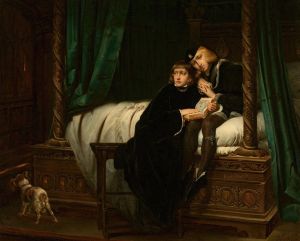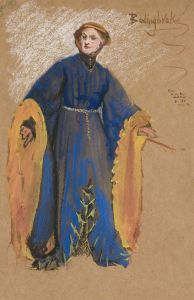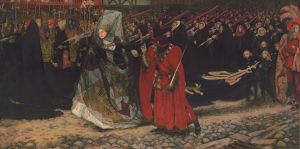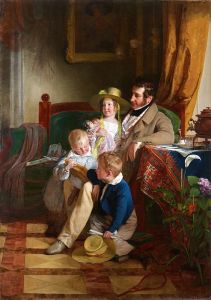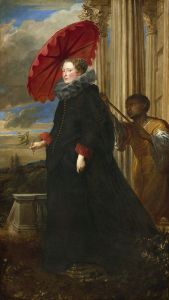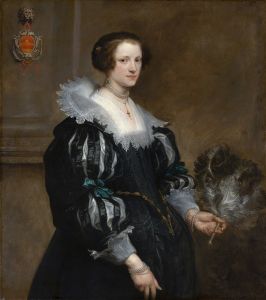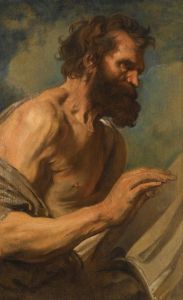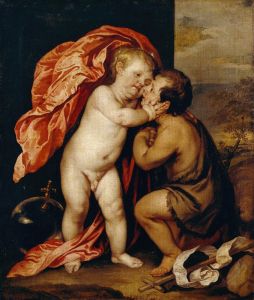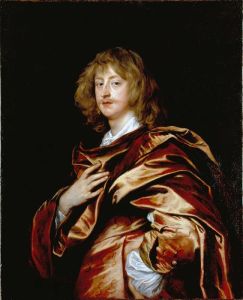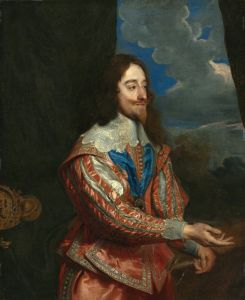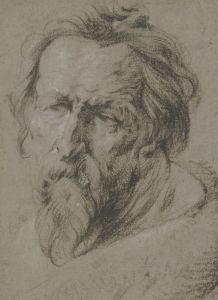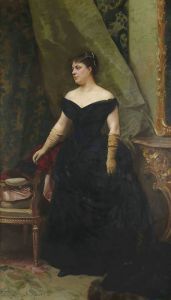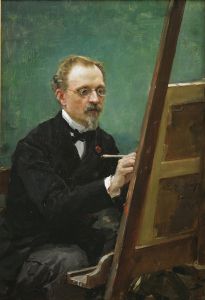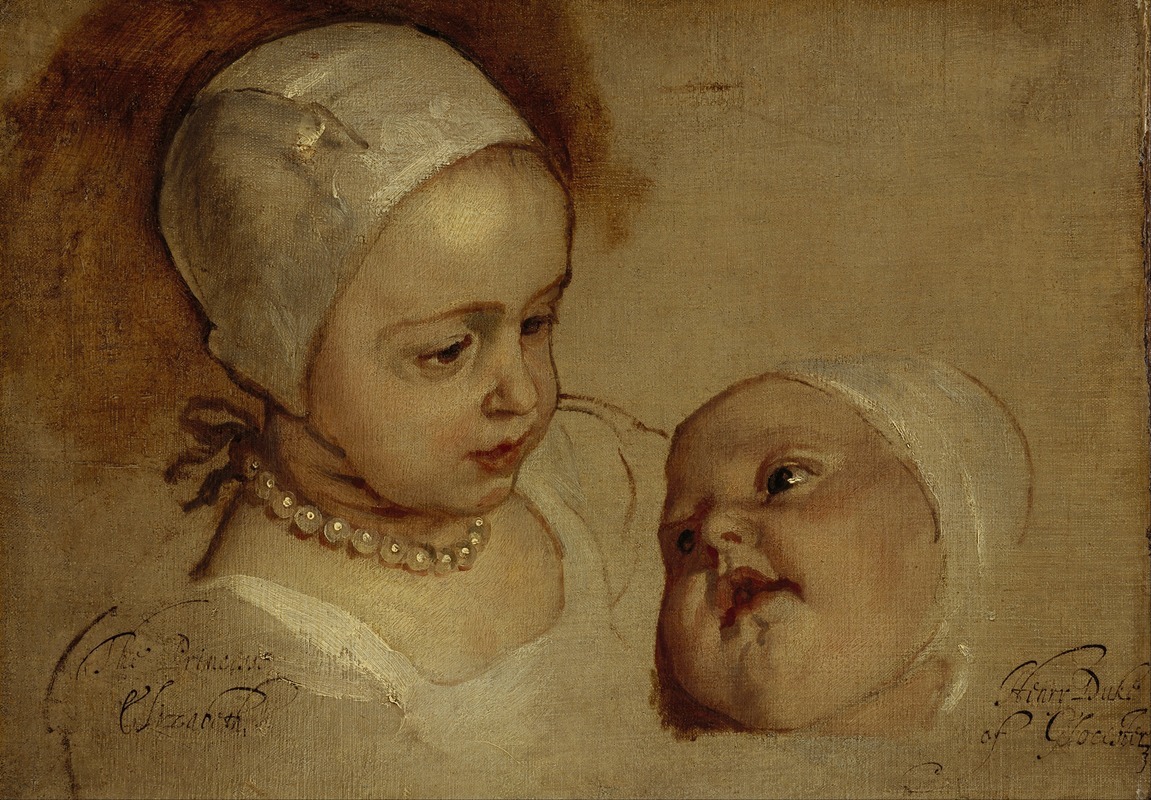
Princess Elizabeth and Princess Anne. Daughters Of Charles I
A hand-painted replica of Anthony van Dyck’s masterpiece Princess Elizabeth and Princess Anne. Daughters Of Charles I, meticulously crafted by professional artists to capture the true essence of the original. Each piece is created with museum-quality canvas and rare mineral pigments, carefully painted by experienced artists with delicate brushstrokes and rich, layered colors to perfectly recreate the texture of the original artwork. Unlike machine-printed reproductions, this hand-painted version brings the painting to life, infused with the artist’s emotions and skill in every stroke. Whether for personal collection or home decoration, it instantly elevates the artistic atmosphere of any space.
"Princess Elizabeth and Princess Anne. Daughters Of Charles I" is a painting by the renowned Flemish artist Anthony van Dyck, who was a leading court painter in England during the early 17th century. This artwork is a portrait of the two daughters of King Charles I of England, Princess Elizabeth and Princess Anne, capturing them during their childhood.
Anthony van Dyck was born in Antwerp in 1599 and became one of the most prominent Baroque artists of his time. He was particularly known for his portraits, which were characterized by their elegance, attention to detail, and the ability to convey the personality and status of his subjects. Van Dyck's work had a significant influence on English portraiture, and he was knighted by King Charles I in 1632, shortly after he became the principal court painter.
The painting of Princess Elizabeth and Princess Anne exemplifies van Dyck's skill in portraying the nobility with grace and dignity. Princess Elizabeth, born in 1635, was the second daughter of Charles I and his wife, Queen Henrietta Maria. Her younger sister, Princess Anne, was born in 1637. The painting likely dates from the late 1630s, a period when van Dyck was actively working at the English court.
In this portrait, van Dyck captures the innocence and charm of the young princesses, who are depicted in luxurious attire befitting their royal status. The artist's use of rich colors and textures highlights the opulence of their clothing, while the soft lighting and delicate brushwork emphasize their youthful features. The composition of the painting is carefully balanced, with the two sisters positioned in a way that suggests both their individual personalities and their close familial bond.
Princess Elizabeth and Princess Anne's lives were deeply affected by the political turmoil of the English Civil War, which began in 1642. Their father, King Charles I, was a central figure in the conflict between the monarchy and Parliament, which ultimately led to his execution in 1649. The royal family faced significant challenges during this period, and the lives of the princesses were marked by these historical events.
Princess Elizabeth, known for her intelligence and sensitivity, died at a young age in 1650 while in captivity at Carisbrooke Castle on the Isle of Wight. Princess Anne, on the other hand, lived until 1640, passing away at the age of three. Despite their brief lives, the portrait by van Dyck remains a testament to their place in history and the artistic legacy of the period.
The painting is an important example of van Dyck's work and provides insight into the lives of the royal family during a tumultuous time in English history. It is a valuable piece of cultural heritage, reflecting both the artistic achievements of the Baroque era and the personal stories of the individuals it portrays.





